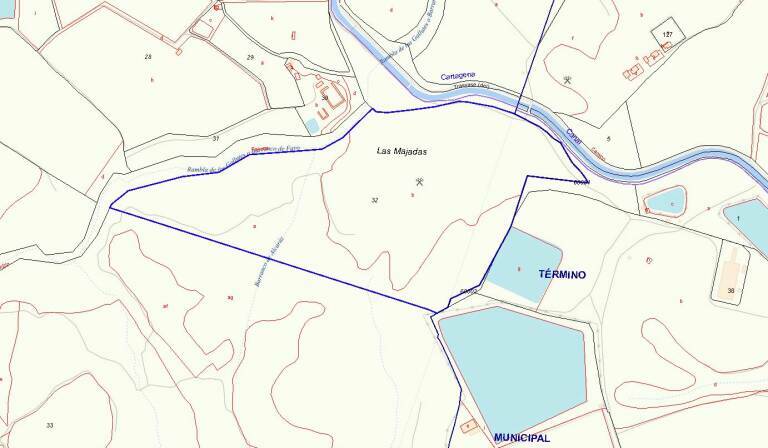Having reported approved plans for a clay quarry on the outskirts of San Miguel, residents in the town have now taken exception to the plan, with the Asociación de Vecinos de San Miguel de Salinas asking the town hall to reverse the project and add their opposition to the work which will disturb the landscape.
The area where the clay quarry is to operate is in Las Majadas in San Miguel de Salinas, near Villamartín on the Orihuela-Costa, alongside the channel of the Tajo-Segura transfer. The environment is a protected forest area (PATFOR) and ecological corridor, which connects the Protected Landscape of Escalona and the natural park of the Lagunas de Torrevieja and la Mata through the Rambla de Fayona. The environmental impact study recognizes the existence of the owl in the vicinity, although not its condition.
In a statement, they point out that “illegally, the quarry was in operation at the end of the last century. In 2014, the property began the DIA application procedure for the regularisation of the activity, the resolution of which has just been made public. The “initial opening of the exploitation led to the elimination of forest land, the degradation of the environment and, supposedly, its exclusion from the category of protected forest land, which surrounds it.”
The exploitation affects the surrounding roads, CV-95 and CV-941, the neighbours point out, “requires the opening of new roads and/or a greater saturation of existing public roads, such as the Las Filipinas road, with a transfer of heavy trucks and heavy machinery on round trips, because the rejects will, again, be returned and deposited in the quarry.”
The authorization of this type of industry, in addition to the degradation and destruction of the landscape and natural values, does not fit and is totally incompatible with the tourism and nature projection that the municipality boasts.
“The forest land of our municipality, which is not included in the Natura 2000 network and that destined for traditional agriculture, is unprotected. The Regulations that regulate its uses date back to 1988, which do not include the considerations emanating from the environmental regulations of the European Union nor the Valencian Community nor the sensitivities of today’s society,” they add.
Finally, they point out that “the preservation of our landscape and natural spaces requires, on the part of the municipal government, an update of the uses of our forest and agricultural land in accordance with the times included in the Subsidiary Standards, which prohibit the exercise of activities that degrade our natural spaces such as those related to the loss of forestry or agricultural land, such as the aforementioned industry, the installation of solar macroplants, etc.”





